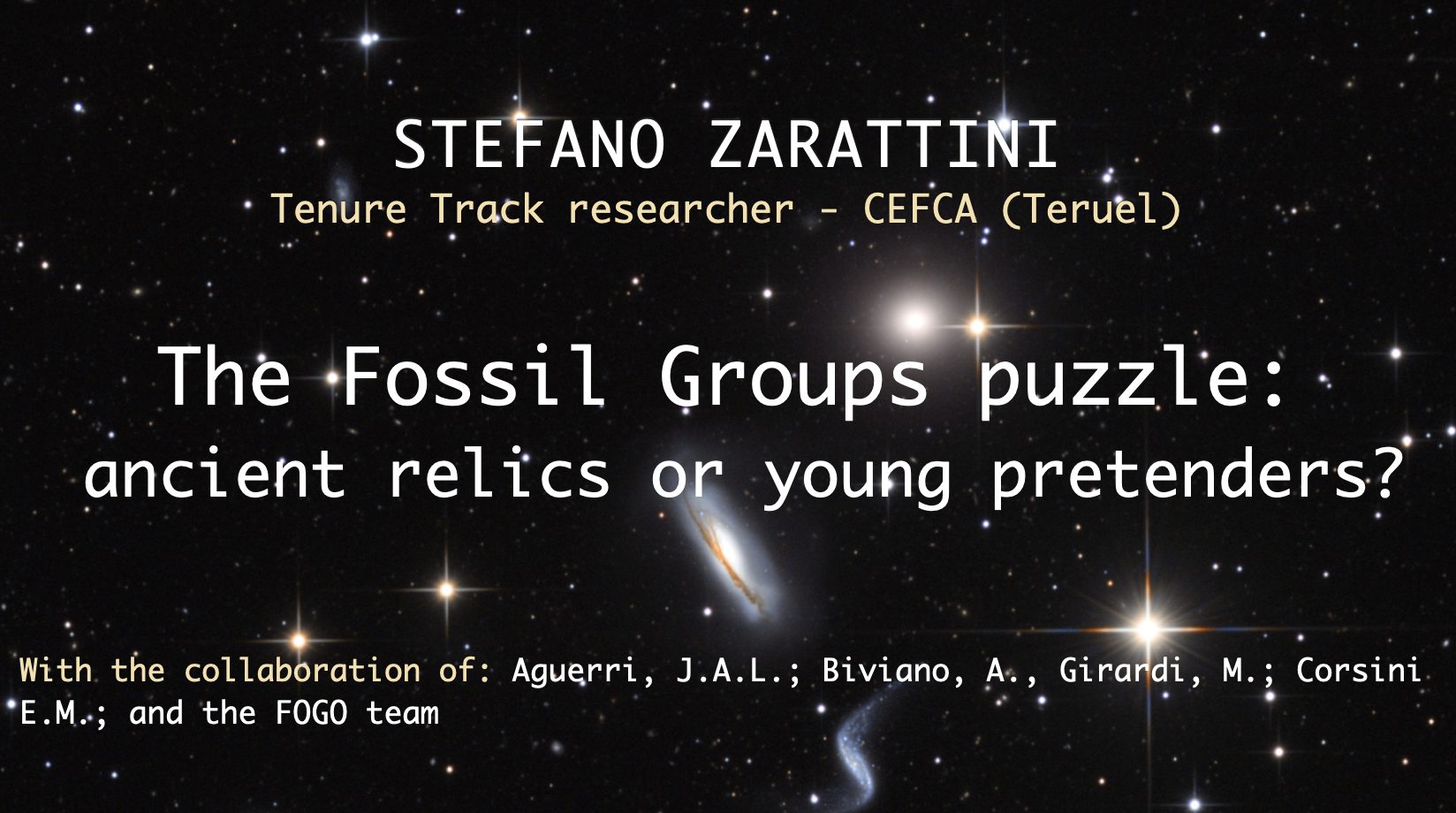Elucidating diffuse Galactic synchrotron emission for precision 21cm and CMB cosmology
Sede A. Riccò Via Santa Sofia 78, CataniaThe next generation of Cosmic Microwave Background experiments are poised to probe the inflationary period of the Universe through the measurement of primordial B-modes, whilst 21cm experiments are observing the reionization history of the early Universe and formation of Large-Scale Structure through the mapping of neutral hydrogen. These two complementary fields span the radio to microwave frequency regimes and share a pivotal data reduction task: foreground component separation.
Diffuse Galactic synchrotron emission is the dominant foreground for arcmin/degree scale cosmological surveys operating across MHz frequencies in intensity, and at all frequencies under 60 GHz in polarised intensity. In this talk I will present measurements of the synchrotron spectral index and curvature between 73 MHz and 1 GHz through the combined use of pilot MeerKLASS, Haslam, Maipu/MU and LWA data. I will discuss the advances that can be made to component separation algorithms thanks to more sophisticated foreground emission modelling and will present a spatially complex, all-sky model of the synchrotron spectral index formed using convolutional neural networks trained on sets of both high- and low-resolution empirical data. Such advances will, and already are, expanding our understanding of the spatial and spectral form of this complex emission; ameliorating component separation for both CMB and 21cm intensity mapping experiments.

